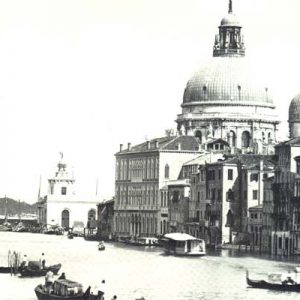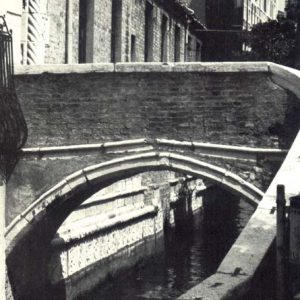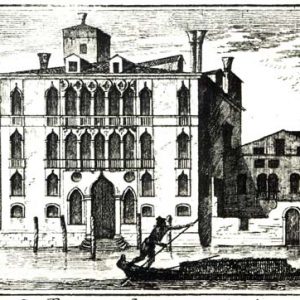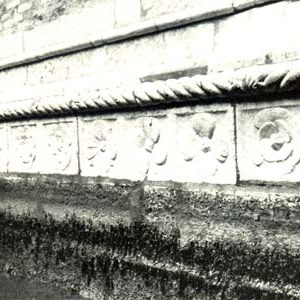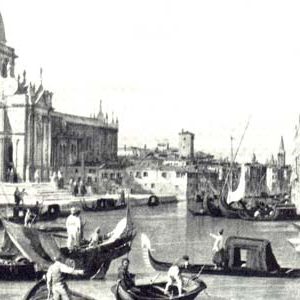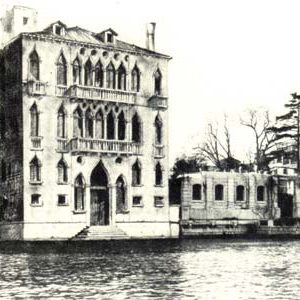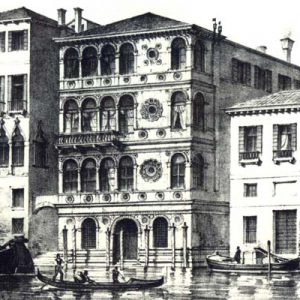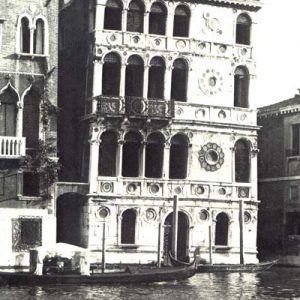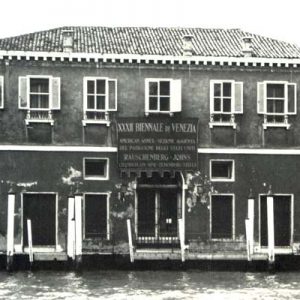History of Casa Artom
In the late 1960s Wake Forest University conceived the idea of offering students a semester of study in Europe and in 1971 acquired what was once the American consulate in Venice. In 1974 the University purchased the property outright from the American government, and it was dedicated to the memory of Dr. Camillo Artom, who had fled fascist Italy and become a doctor and biochemical researcher at Wake Forest’s medical school.
His wife Bianca Artom taught Italian at Wake Forest, and served as the first Director of the Venice Program. Through her personal contacts in the city, Wake Forest was able to hire the famous art historian Dr. Terisio Pignatti, who taught the art history course at Casa Artom for more than thirty years.
History of the Site and the Palace
The site where the house rests became an object of fascination long before it became Casa Artom: it appears in many art works including views of the Gran Canal painted by Canaletto, mid-19th century etchings as well as Monet’s Venetian paintings.
The earliest surviving document that mentions Casa Artom’s location is the will of Matteo Venier (September 3 1326) stating his ownership of the “domus de Turre”, the “house of the Tower”. The tower gave to Venier’s descendents the nickname “dalle Torreselle” (“of the Towers”) and the narrow canal that runs along Casa Artom the name “Rio delle Torreselle”. The Venier family was a powerful patrician clan whose name you can still read on several streets and courts in Venice.
What remains of the original palazzo are the Gothic base visible along the Rio delle Torreselle and the decorative elements at the southeast corner from the same age.

